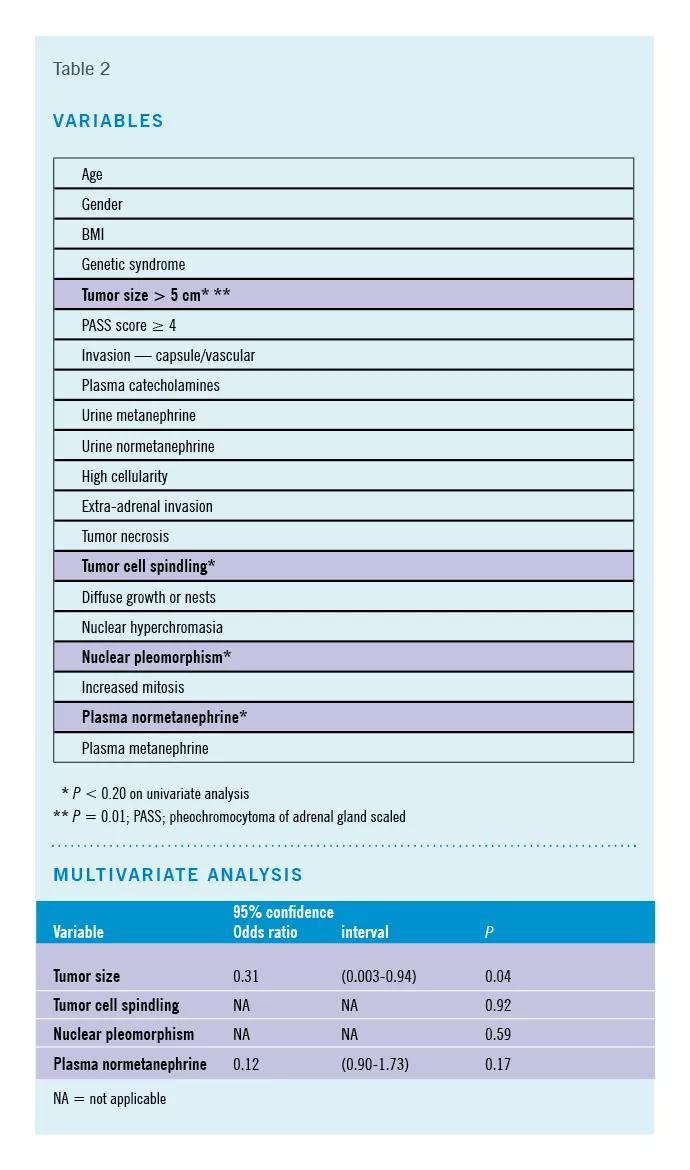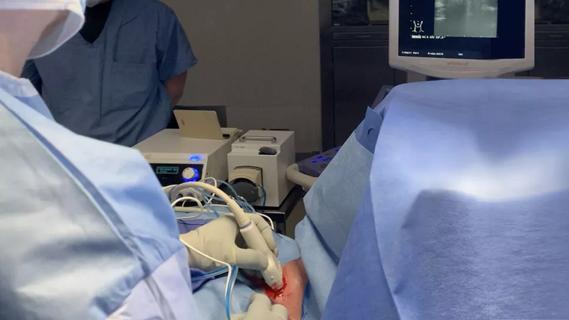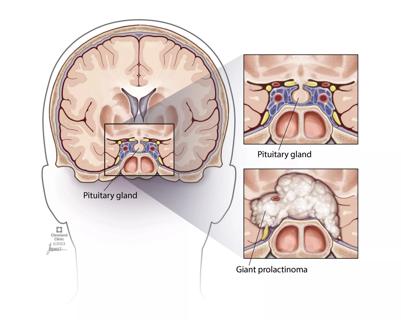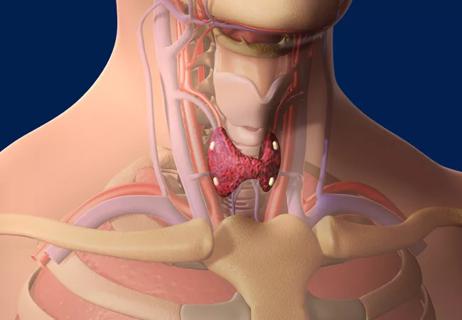Advertisement
Tumor size found to be a predictor for recurrence

Advertisement
Cleveland Clinic is a non-profit academic medical center. Advertising on our site helps support our mission. We do not endorse non-Cleveland Clinic products or services. Policy
Pheochromocytomas are complex catecholamine-secreting tumors of the adrenal medulla with an annual incidence of two to eight cases per million. A majority (80 to 90 percent) of the tumors are sporadic in nature while 10 to 20 percent are associated with a genetic disorder. Complete surgical excision is the only potentially curative option for pheochromocytoma. However, recurrence after surgery (either locally or at distant sites) is seen in 6 to 16 percent of patients.
Recurrences are difficult to treat if there is a delay in detection or when the disease is widespread. Although both imaging and biochemical tests are utilized to detect recurrence, the most effective method and timeline of surveillance is still unclear.
The team of Cleveland Clinic physicians that I lead has recently reviewed institutional data to identify both predictors and patterns of recurrence of pheochromocytoma after surgery and also evaluated the efficacy of biochemical and imaging modalities to detect recurrence.
The study included 135 patients who underwent surgical excision for pheochromocytoma between January 1, 2000, and July 31, 2013. Patients with a diagnosis of paraganglioma, inadequate follow-up, persistent disease after surgery and adrenalectomies performed at another hospital were excluded. Recurrence was defined as reappearance of disease after initial normalization of biochemical tests after surgery, as detected by subsequent biochemical tests and/or imaging.

The median follow-up was 85 months (range 8-172 months). Eight patients had tumor recurrence on follow-up. Six patients had both positive biochemical tests and imaging. Two patients had only positive imaging. The overall recurrence rate was 6 percent. The median time to recurrence was 35 months (range 7-106 months). The most common site of recurrence was the retroperitoneum, which included two patients with recurrences at the adrenal bed. An additional five patients had adrenal bed recurrences, but these patients were operated on at another hospital.
Our data demonstrated that these recurrences were successfully treated at Cleveland Clinic. Meticulous surgical technique is vital to avoid spillage and local recurrences. Only four variables had a P value < 0.150 on univariate analysis. Upon further multivariate analysis, tumor size of > 5 cm was shown to be the only independent predictor of recurrence (P = 0.04).

Several other studies concur that tumor size predicts recurrence after surgical resection in pheochromocytoma. During follow-up, we noted that there was no standardized protocol in the surveillance methodology among various physicians.
Based on this experience, Cleveland Clinic’s multidisciplinary adrenal tumor clinic recommends that serum catecholamines be measured at one month, six months and 12 months after surgery and then annually. Twenty-five percent of the patients who experienced recurrence had normal labs; therefore, we recommend annual computed tomography of the chest, abdomen and pelvis to detect recurrence.
Advertisement
The optimal duration of follow-up remains unclear. In this study, a tumor size of > 5 cm was an independent predictor for recurrence. This suggests that patients with large tumors should be followed up very closely after adrenalectomy.
Dr. Berber is an Associate Professor of Surgery and Director of Robotic Endocrine Surgery in the Department of Endocrine Surgery, Endocrinology & Metabolism Institute. His specialty interests include minimally invasive and robotic endocrine and liver surgery.
Advertisement
Advertisement

Radiofrequency ablation significantly reduces symptom severity, shrinks nodules

Analysis examines surgical resection of rare pituitary tumors

The program uses thyroid nodule radiofrequency ablation to treat patients who want to be proactive with their care

Prospective study demonstrates value of technology beyond what can be seen by the eyes

New tool may complement workup and treatment of parathyroid and thyroid patients

How it helps patients

Patients get to choose incision site

Cleveland Clinic Surgeon Eren Berber, MD, to lead Endocrine Surgery Session